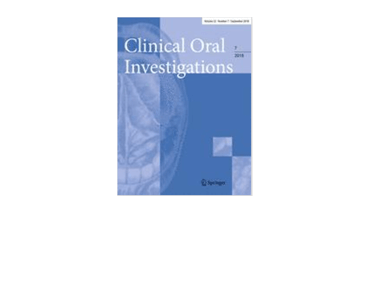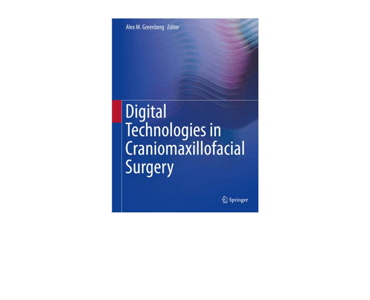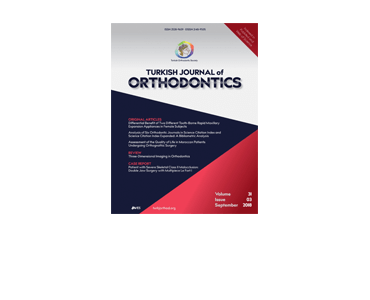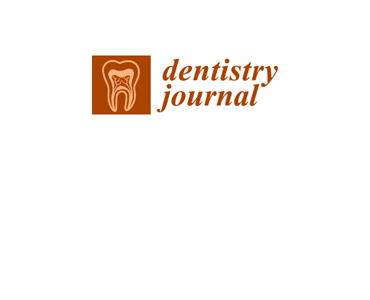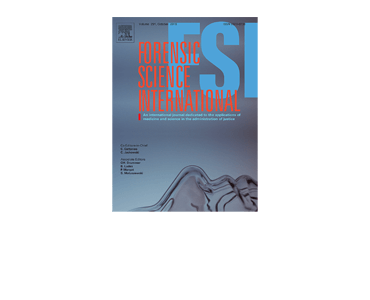HDFD – A High Deformation Facial Dynamics Benchmark for Evaluation of Non-Rigid Surface Registration and Classification. G Andrews, S Endean, R. Dyke , Y Lai , G Ffrancon , GKL Tam.
Date: July 2018. Source: Cornell University Library – arXiv.org, Computer Science, Computer Vision. Abstract: Objects that undergo non-rigid deformation are common in the real world. A typical and challenging example is the human faces. While various techniques have been developed for deformable shape registration and classification, benchmarks with detailed labels and landmarks suitable for evaluating…
Details


